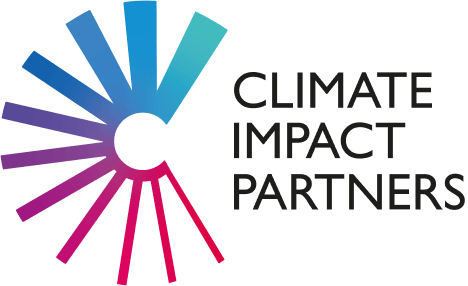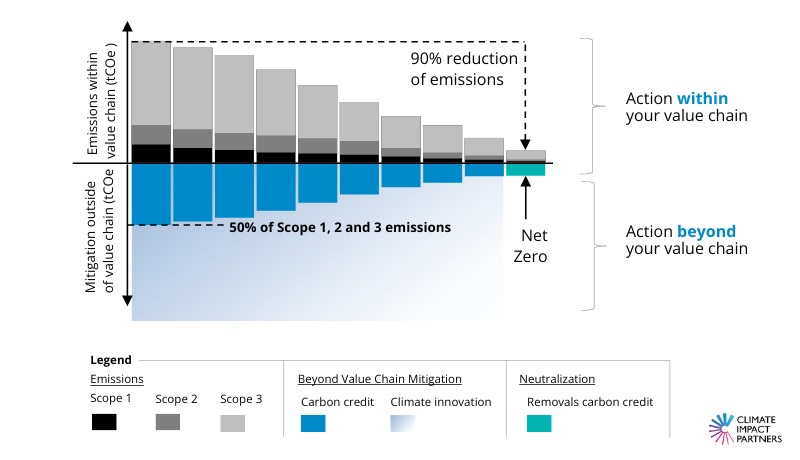On the journey to Net Zero, SBTi highlights the need to deliver near-term mitigation outcomes as well as funding innovations for long-term outcomes. Near-term mitigation outcomes can be supported by purchasing and retiring high-integrity carbon credits, which should be verified by independent third parties using standardized carbon methodologies to meet recognized high-quality standards.
The long-term outcomes for funding new climate solutions can include CDR technologies, nature-based solutions, research, innovation, and policy-making. While it is understood that these are harder to quantify, it should still demonstrate how they support overall efforts to achieve Net Zero.

















